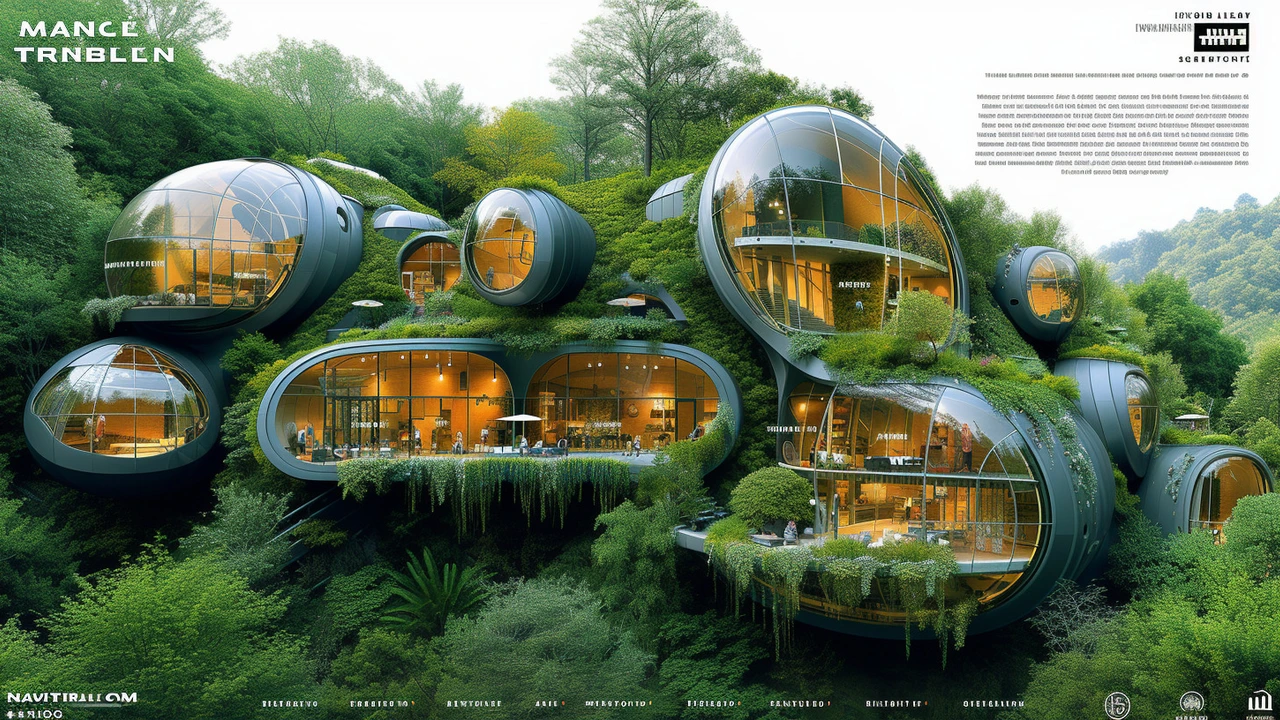Urban living: smart design, small spaces, big city life
More than half the world lives in cities now — so knowing how to make urban living feel roomy, calm, and useful matters. You don’t need a big budget or a fancy renovation to make a small apartment or tight street feel better. This guide gives straightforward ideas you can use today: layout moves, design swaps, and ways to make your neighborhood serve you.
Design moves that make small spaces work
Start with how you use each corner. Pick a dominant function for each zone — sleep, work, eat — and keep clutter out of sight. Use tall storage instead of wide furniture; vertical shelves free floor space and make ceilings feel higher. Choose multipurpose pieces: a sofa that folds into a guest bed, a dining table that doubles as a desk, or ottomans with storage inside.
Light changes everything. Maximize natural light by keeping window areas clear and using light, breathable curtains. Add mirrors opposite windows to bounce more daylight around. For artificial light, layer sources: a bright overhead for cleaning, a warm task lamp for reading, and low-level lights for relaxing.
Pick a simple color plan. Two main neutrals and one accent color keep rooms calm and visually larger. In tight layouts, use the same floor or rug style through connected spaces to create flow. Small patterns read as noise; prefer solid or subtle textures that add warmth without shrinking the eye’s horizon.
Choose neighborhoods and spaces that fit your life
Urban living isn’t just about your apartment — it’s about the block, the commute, and nearby services. Walk your daily route at different times: morning, evening, weekend. Notice noise, light, trash pickup, and where people actually gather. A short cut that saves ten minutes could give you spare time every day.
Think about building character. Older buildings with high ceilings or classic facades — think Georgian symmetry or Beaux-Arts detail — often have more usable space and personality. Newer towers give amenities like on-site laundry, bike storage, or communal workrooms. Decide which perks you’ll actually use, not which ones look good in listings.
Use public and shared spaces. A park bench, a library, or a café can extend your apartment’s square footage cheaply. Join a local community group or co-op to get tools, plants, or social events without needing private space. These small choices reduce stress and make the city feel like a neighborhood, not a maze.
Urban living is about trade-offs. Prioritize what matters — quiet sleep, short commute, natural light, or social life — and make small design decisions that support that priority. With a few practical swaps and a plan for your neighborhood, city life stops feeling crowded and starts feeling intentional.

Why Sustainable Architecture is the Future of Urban Living
Hey there, lovely readers! I've been bubbling with excitement to chat about this - sustainable architecture! Sounds fancy, doesn't it? Well, it's not just the future, it's the sassy, smart, and eco-friendly diva of urban living. Why? It's because this green goddess reduces energy consumption, limits waste and, get this, can even improve our health. Imagine living in a world that's kind to Mother Earth and us. Now, that's what I call a total win-win!
Read more